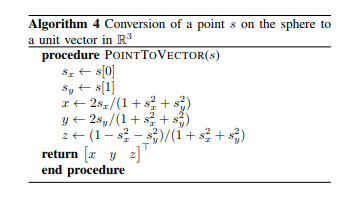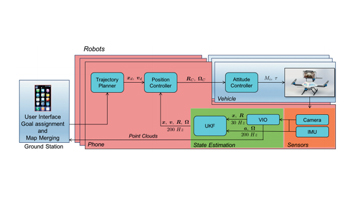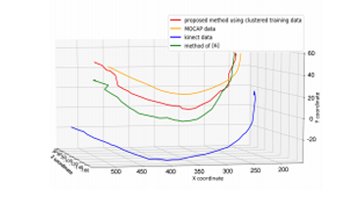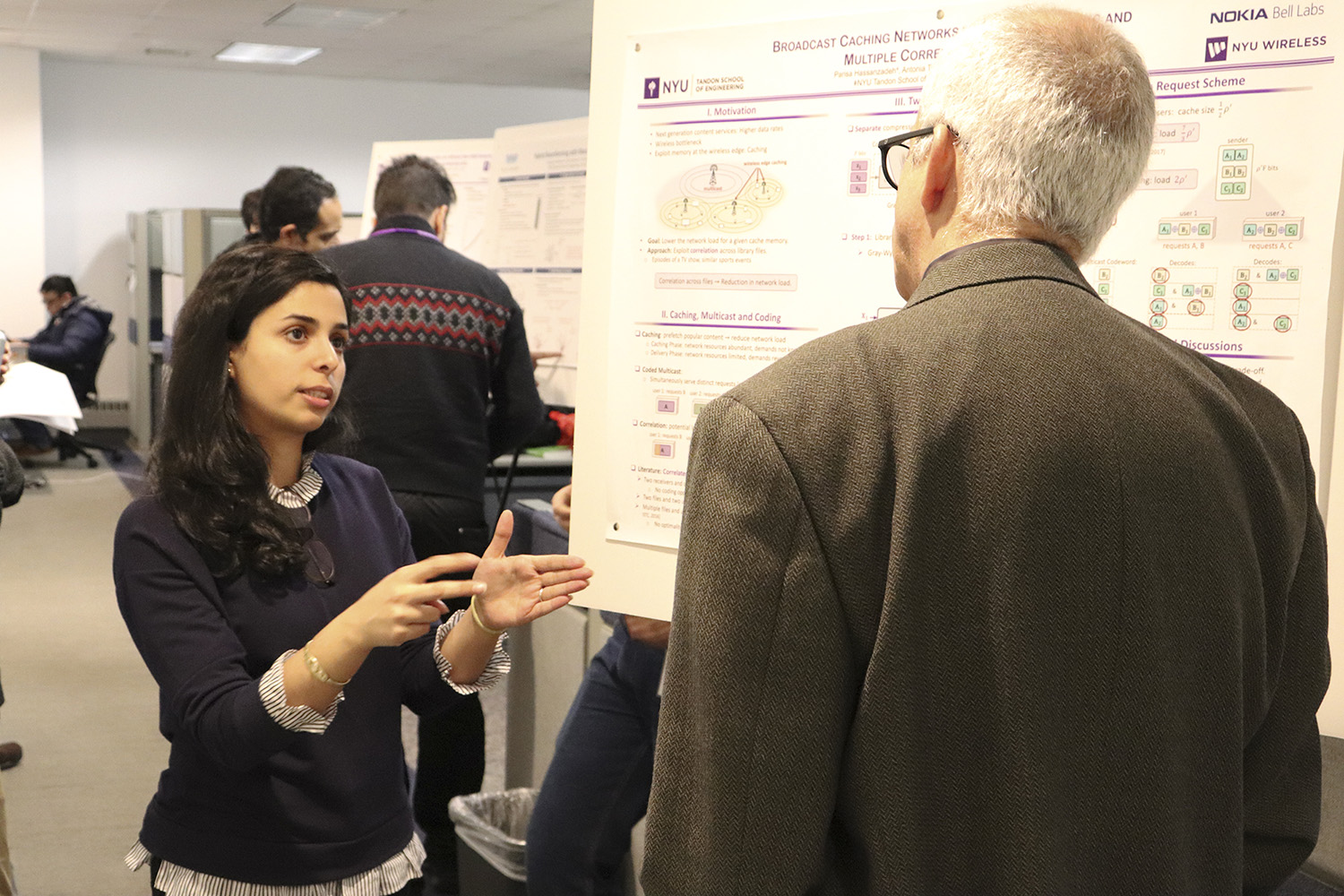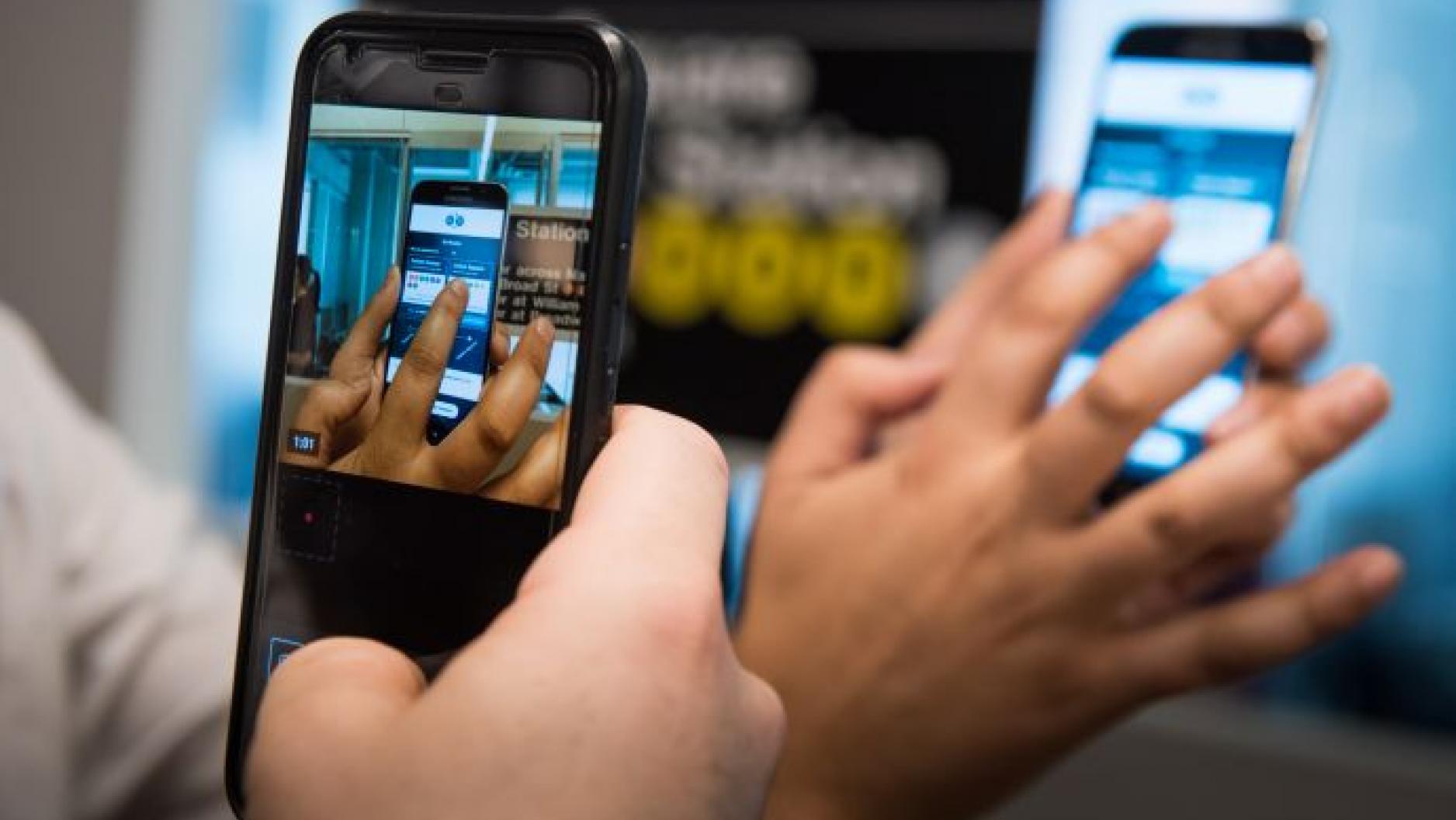Thank you for your interest in The Center for Advanced Technology in Telecommunications and Distributed Information Systems (CATT). More research items will be published to this location soon.
Author: CATT-admin
Protected: Add New Post
The Arrival of 5G Will Revolutionize Game Streaming
5G is going to make your cellphone much faster, and that’s going to change gaming dramatically. 4G, adopted 10 years ago, is shorthand for “fourth generation” mobile technology. It exponentially increased the amount of data sent to your phone and made it possible to stream high-quality video. 4G tech put a DVD player in your pocket; 5G is going to put a PlayStation there too.
“In five to 10 years, a game-streaming company will be as prevalent as Netflix,” Shivendra Panwar, a professor of electrical and computer engineering and director of the New York State Center for Advanced Technology in Telecommunications at New York University, tells Newsweek. Total game sales around the world were estimated to have been $138 billion in 2018.
Panwar says companies like Netflix took off because of wireless consumption of their videos, first via home Wi-Fi and then on phones following the arrival of 4G. But the change didn’t happen fast. “In the early years, video-streaming quality wasn’t great, and it was not available everywhere,” he says.
Analysis of Advanced Multicarrier Waveforms
3GPP-LTE (Phase 1)
3GPP-LTE (Phase 2)
This is the first research item.
Hello world!
Welcome to WordPress. This is your first post. Edit or delete it, then start writing!
Jack Keil Wolf Lecture Series
Speaker: Muriel Medard, MIT
Time: 2:00 pm – 3:00 pm Jan 24, 2019
Location: 2MTC Room 9.009, Brooklyn, NY
Abstract: We introduce a new algorithm for Maximum Likelihood (ML) decoding based on guessing noise. The algorithm is based on the principle that the receiver rank orders noise sequences from most likely to least likely. Subtracting noise from the received signal in that order, the first instance that results in an element of the code-book is the ML decoding. For common additive noise channels, we establish that the algorithm is capacity achieving for uniformly selected code-books, providing an intuitive alternate approach to the channel coding theorem. When the code-book rate is less than capacity, we identify exact asymptotic error exponents as the block-length becomes large. We illustrate the practical usefulness of our approach in terms of speeding up decoding for existing codes.
Joint work with Ken Duffy, Kishori Konwar, Jiange Li, Prakash Narayana Moorthy, Amit Solomon.
About the Speaker: Muriel Medard is the Cecil H. Green Professor in the Electrical Engineering and Computer Science (EECS) Department at MIT and leads the Network Coding and Reliable Communications Group at the Research Laboratory for Electronics at MIT. She has co-founded three companies to commercialize network coding, CodeOn, Steinwurf and Chocolate Cloud. She has served as editor for many publications of the Institute of Electrical and Electronics Engineers (IEEE), of which she was elected Fellow, and she has served as Editor in Chief of the IEEE Journal on Selected Areas in Communications. She was President of the IEEE Information Theory Society in 2012, and served on its board of governors for eleven years. She has served as technical program committee co-chair of many of the major conferences in information theory, communications and networking. She received the 2009 IEEE Communication Society and Information Theory Society Joint Paper Award, the 2009 William R. Bennett Prize in the Field of Communications Networking, the 2002 IEEE Leon K. Kirchmayer Prize Paper Award, the 2018 ACM SIGCOMM Test of Time Paper Award and several conference paper awards. She was co-winner of the MIT 2004 Harold E. Edgerton Faculty Achievement Award, received the 2013 EECS Graduate Student Association Mentor Award and served as Housemaster for seven years. In 2007 she was named a Gilbreth Lecturer by the U.S. National Academy of Engineering. She received the 2016 IEEE Vehicular Technology James Evans Avant Garde Award, the 2017 Aaron Wyner Distinguished Service Award from the IEEE Information Theory Society and the 2017 IEEE Communications Society Edwin Howard Armstrong Achievement Award.
Streaming Live This Fall: Terahertz–the Next Frontier for Communications and Electronics
- Microwave Journal
- August 28, 2018
- Source: http://www.microwavejournal.com/articles/30954-streaming-live-this-fall-terahertzthe-next-frontier-for-communications-and-electronics
The next frontier for ultra-fast computing and wireless communications–the terahertz electromagnetic spectrum–will be examined in a series of seminars by foremost scientists and engineers in the field. Organized by the NYU WIRELESS research center and NYU Tandon School of Engineering’s Electrical and Computer Engineering Department, the series at the school’s Brooklyn campus will be streamed for NYU WIRELESS industrial affiliate sponsors and the public and archived for later viewing.
Students Prototype The Future
If you’re looking for the next big idea in emerging media, such as virtual and augmented reality (VR/AR) and artificial intelligence (AI), there is no better place to look than universities like NYU. This reality is one that NYC Media Lab understands quite well. Tapping into New York’s student talent pool, the organization helps students develop prototypes that will disrupt and advance sectors such as media, technology, healthcare, retail, advertising, and more.
This prototyping of the future was on full display at the recent Demo Day of the Verizon Connected Futures Prototyping & Talent Development Program. Sponsored by NYC Media Lab and Verizon, the Connected Futures program supported 12 student teams who created projects within the areas of AR design and marked tracking, social VR/AR, the intersections of AR and AI, and the next generation in wireless technology. Gaining expertise and insight from the team at Verizon Envrmnt, students from across New York universities, including NYU Tandon School of Engineering, The New School, and Columbia University, designed, iterated and built their ideas into prototypes over six weeks. The program also benefits from support from the Center for Advanced Technology in Telecommunications and Distributed Information Systems (CATT).
“Through our Verizon Connected Futures program, we have a dozen new ideas at various stages of realization,” Justin Hendrix, Executive Director of NYC Media Lab, shared at the Demo Day. “We’re experiencing what’s possible right now with new technology.” The 12 teams designed products and services that span various industries, including education, transportation, retail, music, psychology, and more.
Driven by their passion for innovation and using technology to serve society, three NYU Tandon student teams shared their prototypes to a rapt audience of industry experts at the Demo Day.
CitytravelAR
Baris Siniksaran and Subigya Basnet with their mobile app CitytravelAR
Navigating the New York City subway system can be difficult, so the team behind CitytravelAR created an augmented reality wayfinding platform that allows you to use your smartphone to easily get around the city. “Using subway signage as AR markers, users would be able to not only find out the best train route for their journey, but also learn about local communities in and around the station area,” Subigya Basnet said. Basnet alongside his teammates and fellow Integrated Digital Media graduate students Vhalerie Lee and Baris Siniksaran hope their application can function within building smart cities using AR technology to merge commuting and community. “For all of us, NYU Tandon gave us the platform to begin this dive into VR/AR production and development,” Basnet shared, as he, Lee, and Siniksaran have all created projects like the “Game of Thrones” AR narrative experience and WAVR. “The opportunity to experiment our ideas encouraged us to take up opportunities, like the Verizon Connected Futures Challenge.”
ARSL
Heng Li and Mingfei Huang demonstrate ARSL
Computer science students Zhongheng (Heng) Li, Jacky Chen, and Mingfei Huangdebuted their mobile app that provides real-time sign language interpretation to help people communicate with each other more easily. With computer vision, cloud computing, and AR, ARSL uses a smartphone’s camera to capture and translate sign languages into the other user’s native spoken language, and instantaneously records spoken language and translates into sign. “This accessible solution empowers people to get connected,” Li said, adding that his team has a shared passion for using emerging tech for social good. With the millions of people around the world who are deaf or hearing impaired, this app could help people book appointments, explain their symptoms to doctors, or ask for directions, all through a translator in the palm of their hands.
Vrbal
Olivia Cabello, far right, was part of the multi-school team Vrbal
Olivia Cabello, a graduate student in Integrated Digital Media, has vast experience in human-centered design, and brought her expertise to the interdisciplinary and multi-school team that developed Vrbal. The VR training experience allows people with social anxiety or communication disorders to practice for situations, such as public speaking, interviews, and more. Using smart and adaptable technology, such as IBM’s Watson, Vrbal helps users gain more confidence and comfort in particular situations through its personalized environments and its interactive AI assistant that guides them along. Cabello added her user experience background to design Vrbal’s interface.
Camila Ryder
Graduate School of Arts and Science
Master of Arts in English Literature, Class of 2018

